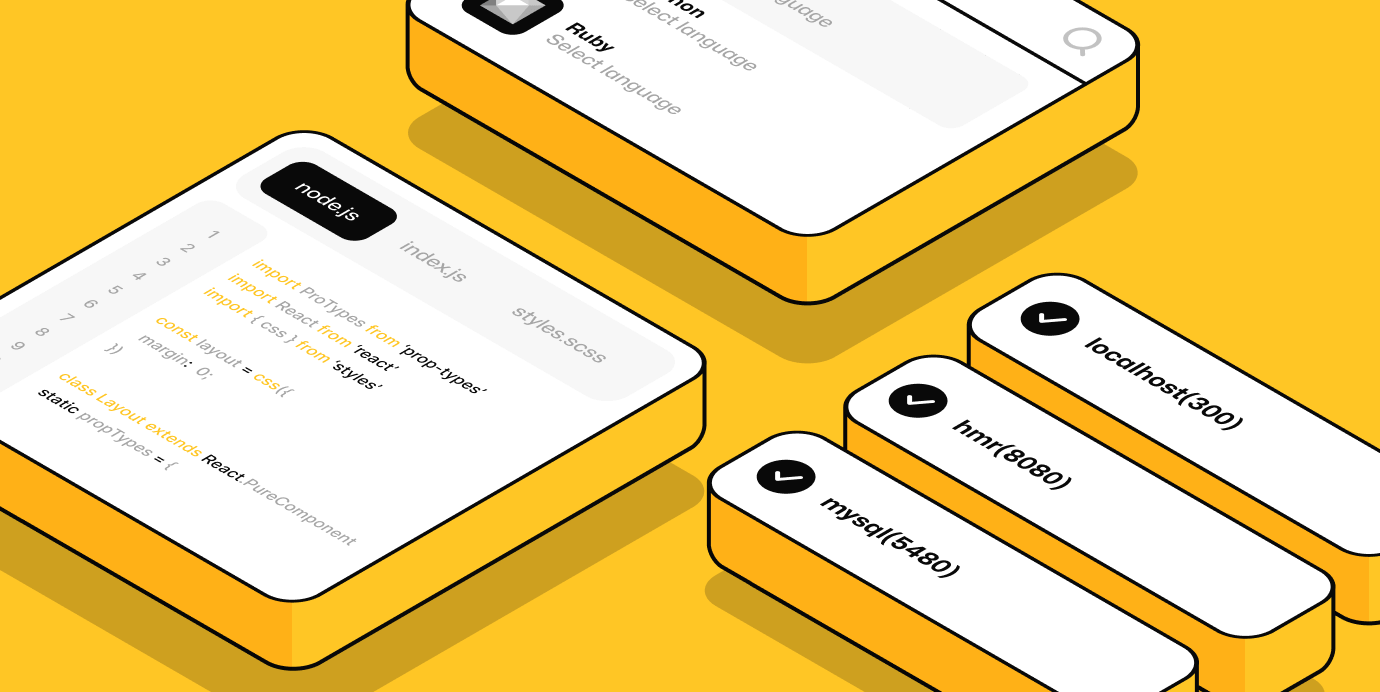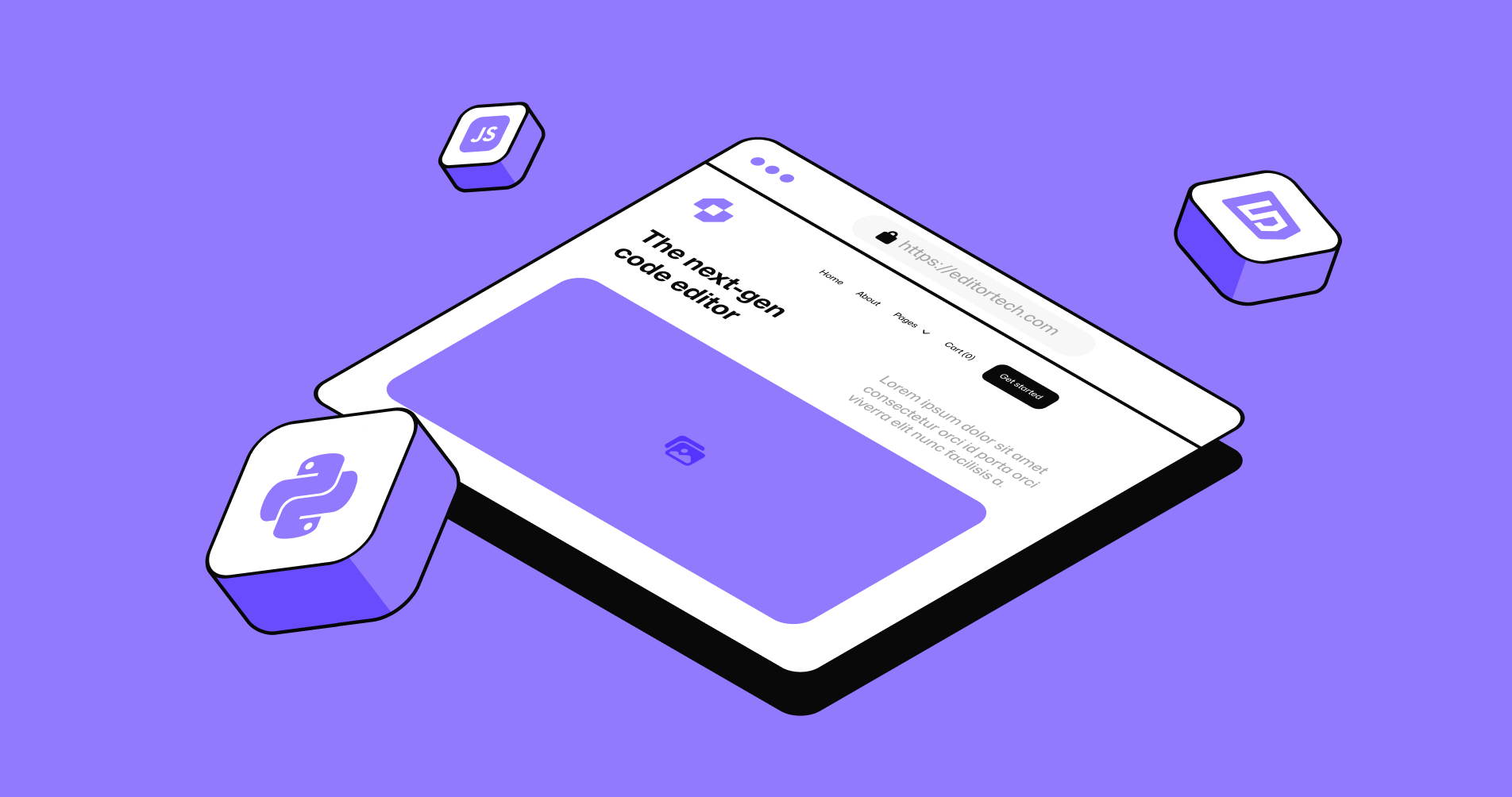
In the span of just a few years, artificial intelligence has shifted from a promising buzzword to the backbone of modern growth strategies. If your company already leans on AI market research and AI search marketing consulting to spot emerging opportunities, you know the competitive edge that comes from pairing human creativity with machine intelligence.
Yet the AI landscape evolves at break-neck speed, and 2025 is poised to bring a new wave of platforms designed to refine targeting, super-charge content, and squeeze more ROI out of every channel. Below is a field guide—written for busy CMOs—highlighting the tools that deserve a first look as you finalize next year’s budget.
Why 2025 Will Be the Year of “Full-Funnel AI”
Ask ten marketers what AI means to them and you’ll get ten answers: chatbots, predictive scoring, automated bidding, or maybe generative copy. In 2025 the smartest brands will stitch these individual use cases into a single, full-funnel system. Imagine demand forecasting linked directly to dynamic ad creative, or real-time voice-of-customer feedback immediately feeding into SEO content clusters.
The result is a faster feedback loop in which every campaign iteration is backed by hard data instead of hunches. CMOs who embrace this shift not only cut waste but also empower their teams to focus on strategy rather than manual analysis.
Key Criteria When Vetting an AI Marketing Platform
The menu of marketing and market research tools is long, and vendor demos can blur together after the third Zoom call. Keep your due-diligence grounded by weighing each platform against the following checkpoints:
- Data transparency: Can you inspect how the model was trained and which data sources it pulls from?
- Native integrations: Does the tool plug into your existing CRM, analytics suite, and ad platforms without duct-tape middleware?
- Actionability: Will the output feed directly into campaigns, or will your team spend hours cleaning data before they can use it?
- Governance controls: Are there role-based permissions, audit logs, and SOC-2 or ISO certifications to satisfy compliance officers?
- Cost elasticity: Most vendors price by usage; make sure the fee structure won’t spike just as a campaign starts performing.
The Top AI Marketing Tools for 2025
Generative Content & Copy—From Blank Page to Publish-Ready
Jasper AI Enterprise
Jasper’s 2025 release goes beyond quick blog drafts. A new brand voice library trains the model on your existing assets so the copy feels authentic, not robotic. It also includes campaign-level analytics that flag underperforming headlines before they go live, saving both ad dollars and editorial time.
Writer.com Co-Create
Writer’s “Co-Create” mode blends large language models with your private knowledge base, turning internal playbooks and whitepapers into on-brand, long-form content. For teams juggling regulatory or legal approval, its real-time compliance scanner is a budget-saver.
Canva Magic Write
Canva is now more than drag-and-drop design. The Magic Write upgrade embeds AI copy suggestions directly in your social media templates, allowing creative and content teams to sync visuals and text within a single workspace.
Predictive Analytics & Customer Intelligence—Seeing Around Corners
6sense Revenue AI
Originally known for account-based marketing signals, 6sense’s new “Pipeline Intelligence” predicts deal size and close probability based on time-series intent data. Newly added causal AI models even recommend which product message will resonate with a buyer given current market conditions.
Gong Horizon
Gong’s conversational analysis has long been a favorite in revenue operations, but the 2025 “Horizon” updates layers on macro-level trends across thousands of sales calls. A CMO can spot shifting objections within days and feed those insights back into top-of-funnel messaging.
Snowflake Cortex
Snowflake’s Cortex functions like an AI command center inside your data warehouse. Rather than exporting datasets to third-party tools, marketers can spin up propensity models or churn predictors directly in SQL, keeping sensitive customer data under one roof.
AI SEO & Search Marketing—Own the SERP, Not Just a Ranking
Clearscope Atlas
Clearscope already helps writers build comprehensive briefs, but the upcoming “Atlas” version marries keyword clusters to search intent personas. The tool suggests content depth, multimedia assets, and internal links that increase topical authority—critical now that Google’s Helpful Content signals weigh quality more heavily.
Surfer SEO Navigate
Surfer’s Navigate module tracks algorithm swings in real time and compares your pages to winners and losers in the SERP. Paired with its new AI audit bot, the platform delivers prioritized, bite-size fixes your team can implement without a full site overhaul.
Microsoft Copilot for Advertising
Through Microsoft’s partnership with OpenAI, Copilot now analyses competitive ad copy, bid landscapes, and search trends to write near-instant ads that slot into Microsoft Ads, LinkedIn, and even emerging voice-assistant formats. Early testers report 30% higher click-through rates with limited manual tweaks.
AI-Powered Ad Optimization—Making Every Impression Count
Meta Advantage+ Creative
Meta’s Advantage+ workflow uses computer-vision matching to test hundreds of image-copy combinations and funnel budget toward the best-performing variants. A “Brand Guardrails” toggle ensures the AI never pushes an off-brand visual—a recurring headache in earlier iterations.
Google Performance Max 2.0
Performance Max expands its inventory reach in 2025, adding connected-TV placements and generative video bumpers. The system ingests first-party data from GA4 and Merchant Center, then dynamically adjusts creative hooks based on micro cohorts rather than broad audiences.
AdCreative.ai Team Hub
Ideal for lean departments, Team Hub warrants attention thanks to an intuitive UI and real-time collaboration. Designers upload a batch of visuals; copywriters add value propositions; the AI spins out dozens of ad sets ready for split-testing. The net effect: less Slack back-and-forth, more testable assets.
Video & Visual Content Automation—Because Static Feeds Are Dead
Synthesia Studio 2025
Synthesia’s avatars have matured to near-cinematic realism. The new “Director Mode” lets you switch camera angles, insert branded motion graphics, and auto-generate subtitles in 50+ languages—no studio crew required.
Runway Gen-3
Runway’s latest text-to-video model outputs 10-second clips in minutes, and an integration with Shopify product feeds means e-commerce brands can launch creative at scale without a single green-screen session.
Vidyo AI Highlights
Vidyo AI slices long-form webinars into bite-size social snippets. The highlight reel generator uses engagement heat maps to detect the most replayed 30-second segments, ensuring the final cut starts at a “wow” moment rather than an awkward setup.
Building an AI-Ready Marketing Team
The best software falls flat without the talent to wield it. As you adopt these platforms, consider a phased approach:
- Upskill existing staff: Formal AI literacy workshops reduce adoption friction and spark cross-functional creativity.
- Assign an AI product owner: Whether it’s a Marketing Ops lead or a data scientist, someone must safeguard best practices and manage vendor roadmaps.
- Pilot, measure, scale: Start with one channel (e.g., SEO briefs in Clearscope), set clear KPIs, and expand only after hitting threshold performance.
The Bottom Line for 2025 Budgets
AI will not replace marketers; it will replace marketers who resist AI. The coming year’s toolset transforms raw data into decisions after just a few clicks, liberating creative thinkers to focus on story-telling, community building, and big-picture positioning.
CMOs who marry these platforms with rigorous AI market research and AI search marketing consulting will enjoy an outsized advantage—shorter feedback loops, smarter spend, and campaigns that speak to customers as individuals rather than segments on a spreadsheet. As planning season approaches, pull this guide into your vendor evaluation deck, book hands-on demos, and give your team the technology they need to write the next chapter of growth.
Subscribe to our newsletter
Get regular updates on the latest in AI search





.png)

